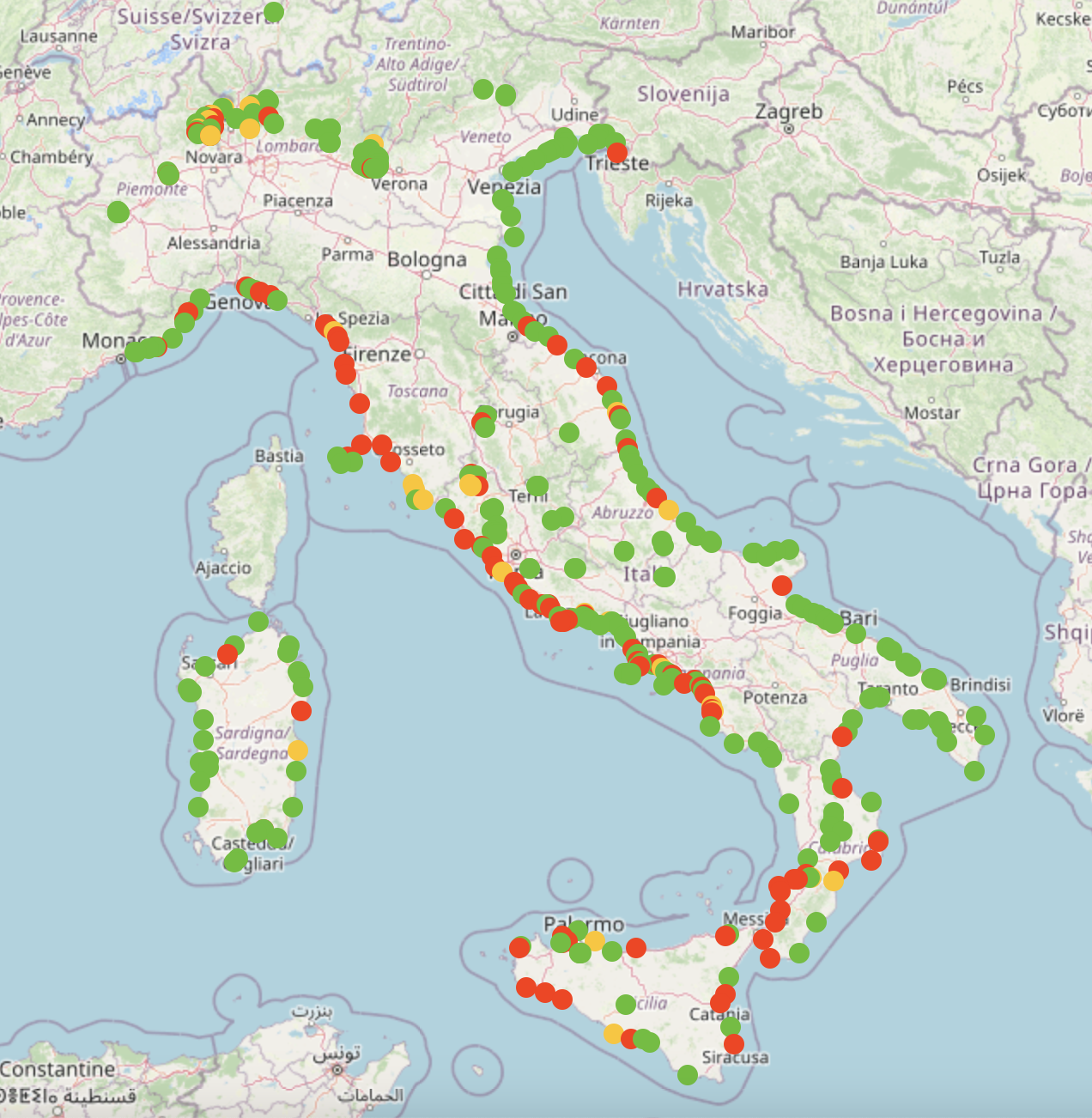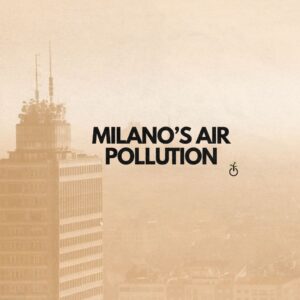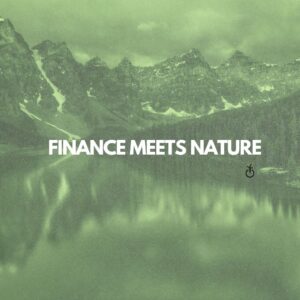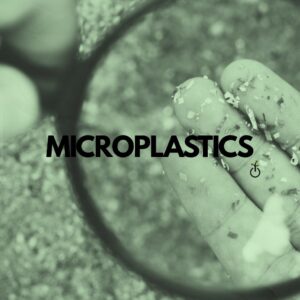Every year, millions of tonnes of plastics are discarded into the ocean. They mainly enter by means of inattentive discarding of waste that ends up in rivers. Plastics are synthetic materials that can not biodegrade. Once they enter vast natural bodies of water, such as the ocean, they become chronic polluters and cause great damage to marine ecosystems.
Therefore, the Dutch inventor Boyan Slat founded a technology foundation called the Ocean Cleanup when he was just 18 years old in Delft, the Netherlands. Slat’s philosophy is quite interesting compared to previous innovations intended to combat plastic pollution. He states that “we need to both turn off the tap and mop the floor at the same time.”
Ocean Cleanup is a non-profit organization whose aim is to shut down the business once the oceans are clean. However, for the moment, the shorter-run aim of Slat’s non-profit is to clean up 90% of plastics in the ocean by 2040. To achieve this goal, Ocean Cleanup uses a technology designed and deployed by Ocean Cleanup itself. The system is made up of long, floating barriers that have two vessels moving back and forth. Once extracted, the plastic is sorted and recycled into sustainable new products to promote a circular economy. Most recently, Ocean Cleanup collaborated with Kia to incorporate plastic from the ocean in their electric cars. Additionally, Ocean Cleanup designed a pair of sunglasses made of plastic collected from System 002 that were sold out in the first 18 months and helped fund System 03.
Last year, the non-profit completed the System 002 project. This project encompassed the development of Ocean Cleanup’s first full-scale cleanup in the Great Pacific garbage patch through means of blocking plastics at river sources and cleaning up plastics already present in the ocean. This year, System 03 had been implemented following System 002’s success and involved a technology three times larger than the previous one. What makes this technology so impactful is that it is capable of cleaning up an area the size of a football field every five seconds. As for future projects, the non-profit hopes to continuously scale up in both oceans and rivers.
What about Italy?
Ocean Cleanup was nominated in some Italian newspapers because of two members of the team, the engineer Roberto Brambini and the marine biologist Francesco Ferrari, but no one asked, can this innovative technology be applied in Italy?
Italy is one of the most beautiful countries in the world, known for its art and its beaches that during the summer are full of enthusiastic tourists from all over the world. On the other hand, every year those same beaches become more and more polluted, especially due to plastic left by unthoughtful people in canal water that finishes in the sea.

This is a map produced by Galotta Verde, an initiative of Legambiente italia, that shows the quality of the water of the Italian seas in 2023. The red points represent highly polluted water. This evidence shows how critical the situation is now.
Conscious citizens can do their part by avoiding polluting, participating in ocean cleanup activities, and reducing the use of plastics, but that’s not enough. The authorities, in particular the EU and the government, need to help too with more drastic and concrete solutions. One of those could be to collaborate with Ocean Cleanup and partially fund a specific small expedition along Italian costs. The usual operations target large plastic patches and at the moment the Mediterranean Sea doesn’t have this problem, and for this reason hasn’t been on the Ocean Cleanup radar until now. Maybe with a partial subsidy from the government, the “Mediterranean operation” could be taken into consideration.
At present, there are similar systems, one of which is called “Seabin” by Acquageo, it is much smaller and with less impact compared to the Ocean Cleanup operation, but much more affordable and diffused, especially in Italy. These bins are usually placed in harbors and they collect up to 1.5 kilos of microplastics, microfibers, and other waste. These systems are a great start in the path toward sea cleaning, but of course, they need to become much more popular and need to be implemented in many harbors before making an actual difference.
In conclusion, Ocean Cleanup is a largely beneficial non-profit that works to help marine ecosystems and limit plastic pollution. Whether or not this technology should be implemented in Italy comes down to many important factors. Italy’s beaches are continuously attracting more tourists each year, and the greater cities continue to pollute major rivers such as the Po. So in theory, such a non-profit may be of aid in Italy too. Geographically, it makes sense that this project was initiated in the Netherlands due to its access to the North Atlantic Ocean, and the plastic patch that has formed there. Economic costs should also be considered, as the Netherlands is a country with a considerably more stable economy and can easily subsidize projects such as these. Therefore, it may be better for Italy to continue with other cleanup systems such as Seabin, and focus on blocking plastics in rivers to prevent them from entering the Mediterranean.
By Bianca Catricalà and Elena Molinari
Sources:
https://theoceancleanup.com/ https://en.innovando.it/tecnologia-tutela-ocean-cleanup-mare-libero-plastica/ https://www.lifegate.it/italiani-ocean-cleanup https://golettaverde.legambiente.it/http://www.aquageo.it/it/prodotti/cestino-seabin-costo-e-funzionamento




